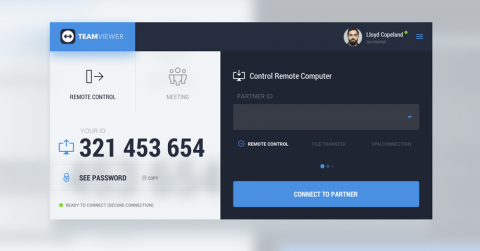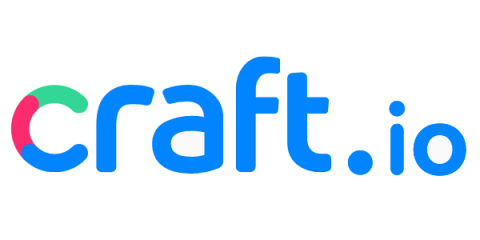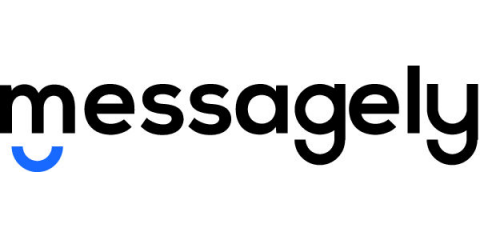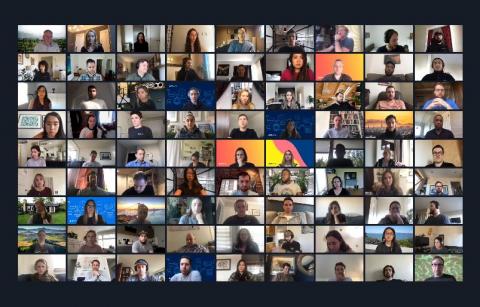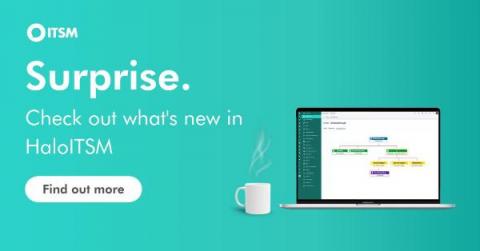How to Build a Customer Service Operations Team that Elevates your Support
To deliver the perfect customer experience, activities such as creating efficient processes and workflows, quality management, planning shift schedules, etc. are absolutely critical. These come under the umbrella of customer service operations, a core capability that helps scale and improve the level of customer support offered by your company. So who ensures support operation tasks are ideated and executed well so that your customer service standards do not drop?



